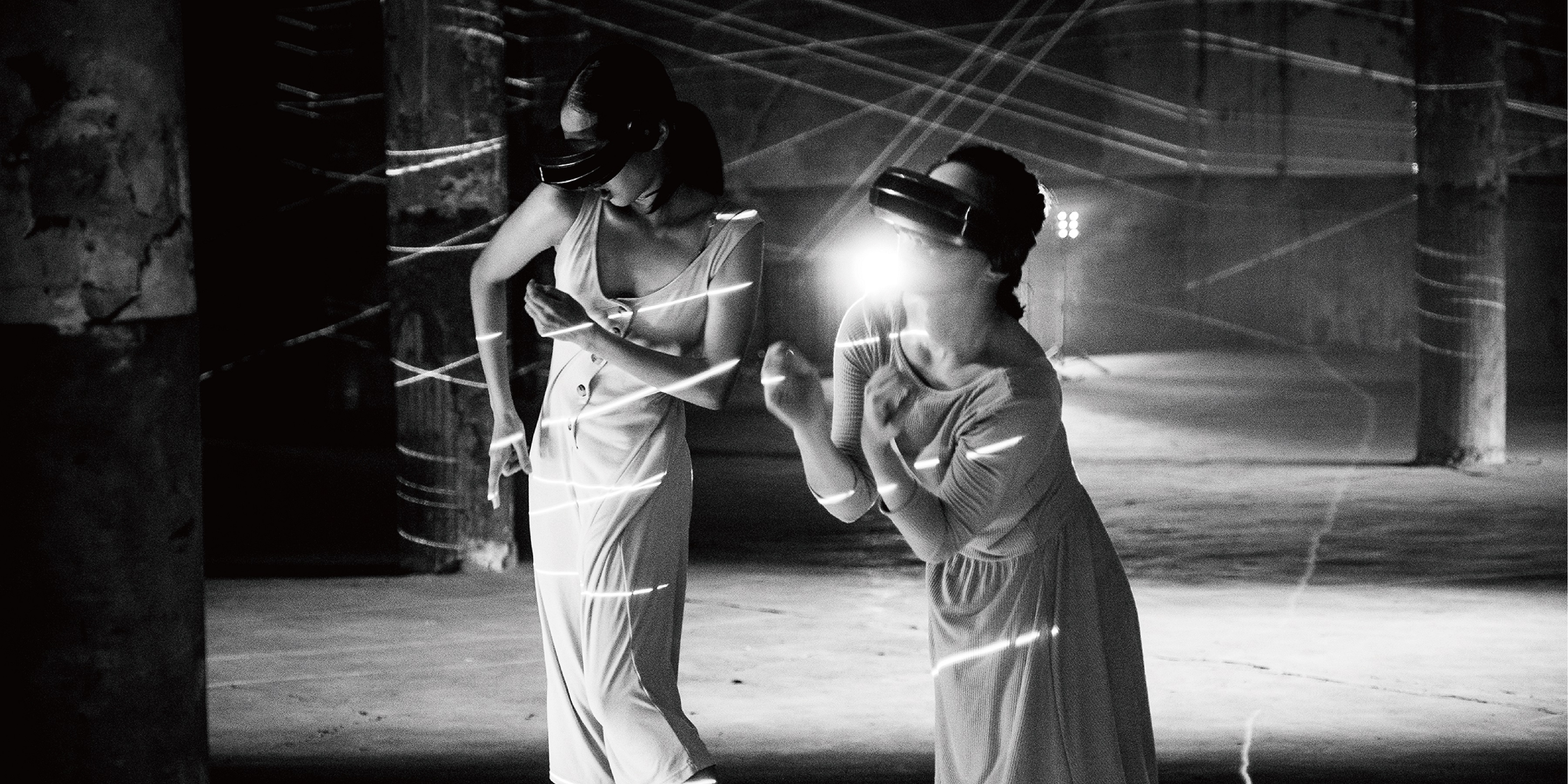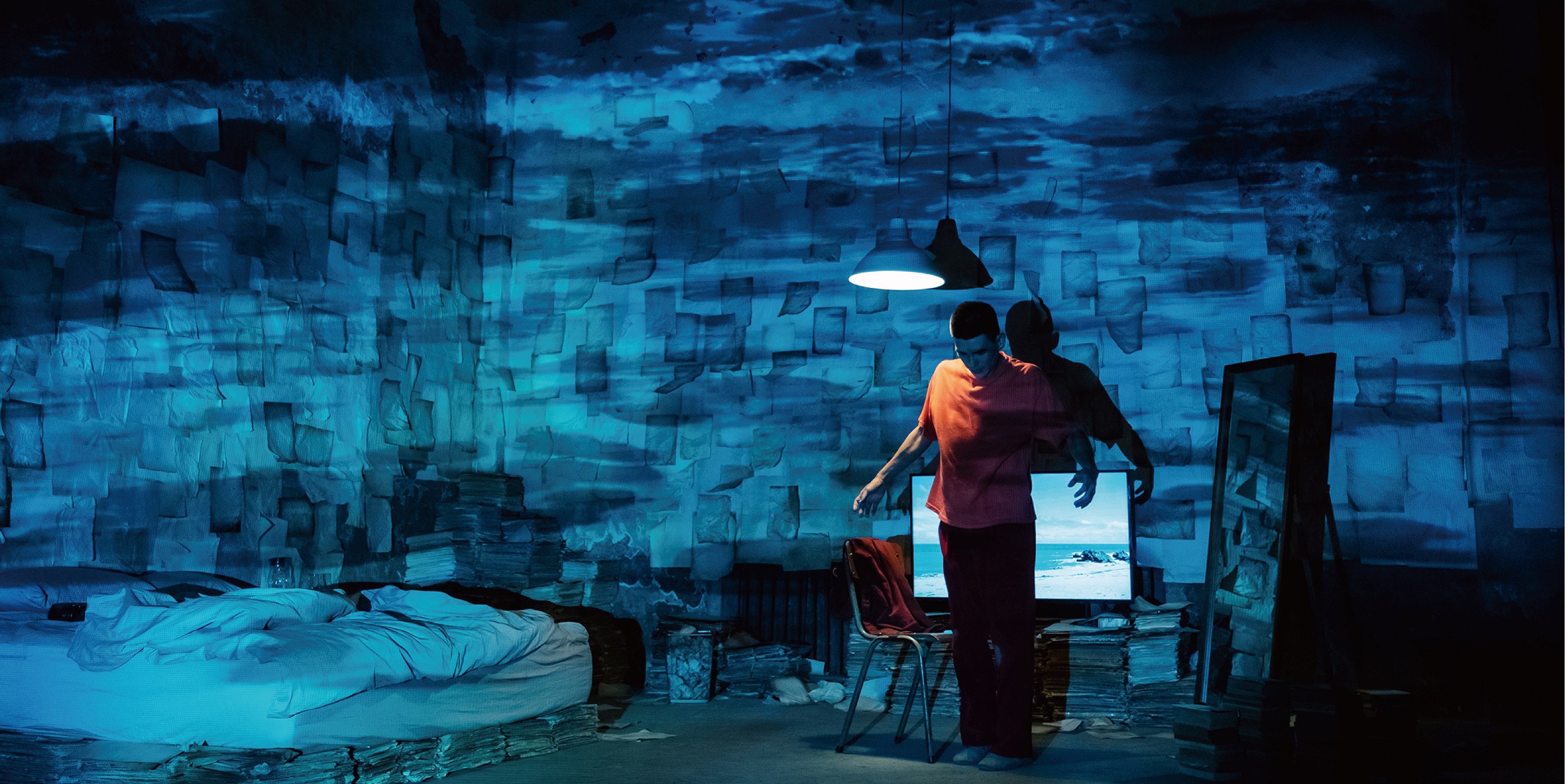隱私權政策 |
台灣數位藝術中心 DAC.TW(以下簡稱「DAC.TW」、「本單位」)非常重視 DAC.TW 網站的使用者(以下簡稱「您」)的線上個人隱私。隱私權政策內容,包括本網站如何處理在您使用網站服務時收集到的個人識別資料。隱私權保護政策不適用於本網站以外的相關鏈結網站 ,也不適用於非本網站所委託或參與管理的人員。
任何資料一經您上載、傳送、輸入或提供予 DAC.TW 時,視為您已允許 DAC.TW 在依照隱私權政策內規範下,使用、修改、重製、公開播送、改作、散布、發行、公開發表、公開傳輸該等資料,並得將前述權利轉授權他人,您對此絕無異議。您並應保證 DAC.TW 使用、修改、重製、公開播送、改作、散布、發行、公開發表、公開傳輸、轉授權該等資料,不致侵害任何第三人之智慧財產權,否則應對 DAC.TW 負損害賠償責任(包括但不限於訴訟費用及律師費用等)。
DAC.TW 絕不會任意出售、交換、或出租任何您的個人資料給其他團體或個人。只有在下列情況除外:
- 在您同意分享資訊的情況下;
- 以您的資料作為學術研究分析之用;
- 司法單位因公眾安全,要求 DAC.TW 提供特定個人會員資料時,DAC.TW 將視司法單位合法正式的程序,以及對 DAC.TW 所有使用者安全考量下做可能必要的配合;
- 有違反任何 DAC.TW 政策、權利、智慧財產權或任何 DAC.TW 其他會員安全時。
DAC.TW 主機均設有防火牆、防毒系統等相關的各項資訊安全設備及必要的安全防護措施,加以保護網站及您的個人資料。在資料傳送情況下 DAC.TW 使用通行標準的 SSL 保全系統,保障資料傳送的安全性。
關於 Cookie/Cache 之運用 :
Cookie/Cache 是從網站伺服器經由瀏覽器寫入您運行裝置中的一個小的文字檔案,其最主要目的是為了節省您寶貴的時間。
本服務將使用 Cookies/Cache 於您註冊、登入、瀏覽網頁或登出時儲存、修改或追蹤有關您上網瀏覽資訊並讀取 Cookies/Cache 。您可以在您的瀏覽器設定、取消或限制此項功能。
隱私權保護聲明的執行:
如果您對我們的隱私權保護聲明有任何問題,請與客服中心連絡。
隱私權保護聲明的更新: 本服務保留隨時修改本隱私權保護聲明的權利。修改後的條款將公佈於本服務網站上之相關網頁,並自公佈之日起生效,不另行通知。
Privacy Policy Statement |
Digital Art Center.tw (hereinafter referred to as ""DAC.TW""), places great importance on the Internet privacy of the users of this site. The privacy policy content, including how this site handles personally identifiable information collected when you use the site service. This privacy policy does not apply to external links provided on this site or people who are not employed by us to manage this site. Any data that you upload, transfer, input, or contribute to DAC.TW will be considered permitted, by you, under this privacy policy for DAC.TW to use, modify, reproduce, adapt, distribute, broadcast, publicly represent/display, publicly transmit the data, and to transfer the preceding rights to the third party, and you have no objection to this. You should also ensure that the materials, for which you give the permit for DAC.TW to use, modify, reproduce, adapt, distribute, broadcast, publicly represent/display, publicly transmit, do not infringe the intellectual property rights of any third party; otherwise, you shall be held responsible for DAC.TW's damage or loss (including but not limited to legal expenses, etc.). DAC.TW will never sell, exchange, or lease any of your personal information to other parties or individuals. Only except in the following circumstances under this privacy policy will we:
- Use your data for academic research analysis.
- Provide specific personal member information upon the request by the judicial authorities for the sake of public safety and the safety for all the other users of DAC.TW, abiding by the necessary legal and formal procedures of the judicial authorities.
- Provide related materials to the judicial authorities when necessary in the case of the violation of DAC.TW's policies, rights, intellectual property rights, or safety of any other DAC.TW member.
DAC.TW's web host is equipped with information security devices such as firewalls and antivirus systems and necessary security measures to protect the website and your personal data. In the case of data transmission, DAC.TW comply with the prevailing standard SSL security system to ensure the security of data transmission.
Use of Cookie/Cache |
Cookie/Cache is a small text file that is written to your running device from a web server via a browser. Its primary purpose is to save you valuable time.
This service will use cookies/cache to store, modify, or track information about your web browsing and read cookies/cache when you register, log in, browse the web, or log out. You can set, cancel or limit this feature in your browser.
Enforcement of Privacy Statement |
If you have any questions about our privacy statement, please contact the customer service center.
Privacy Policy Statement Update: This service reserves the right to modify this privacy policy statement at any time. The revised terms will be posted on the relevant website on this service website and will be effective from the date of publication without notice.
 EXHIBITION
EXHIBITION


